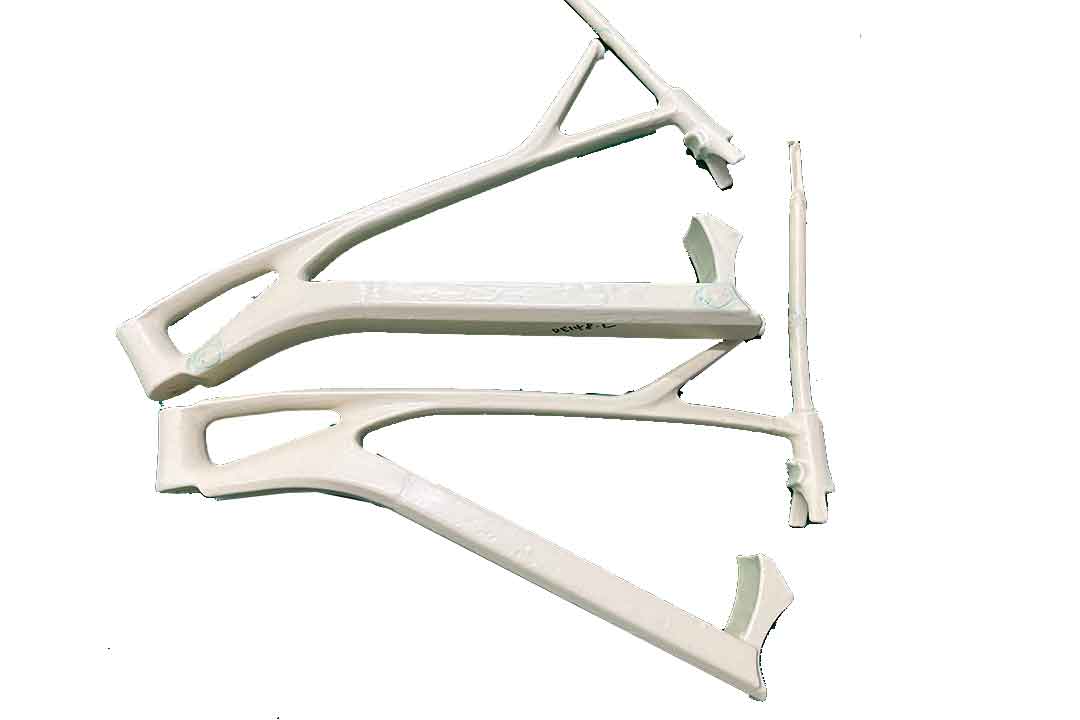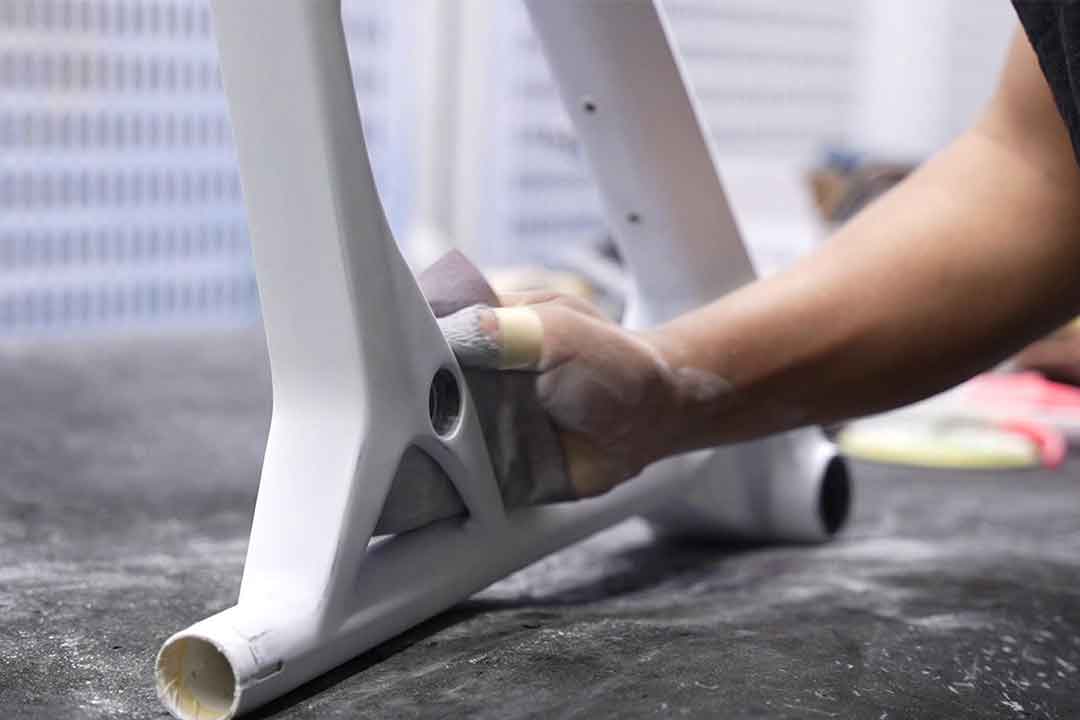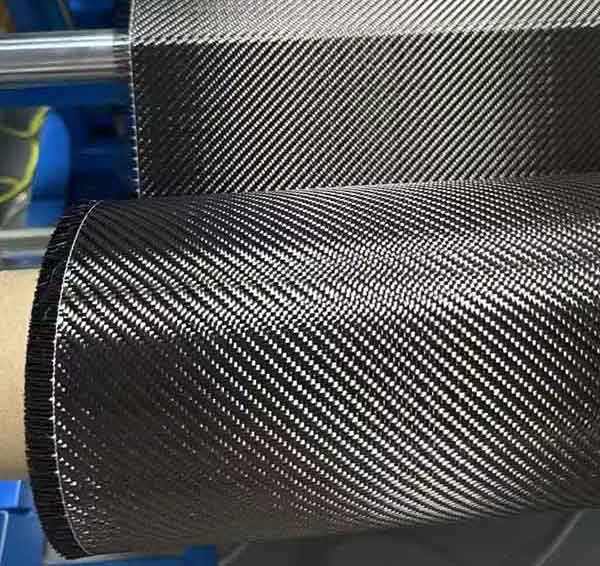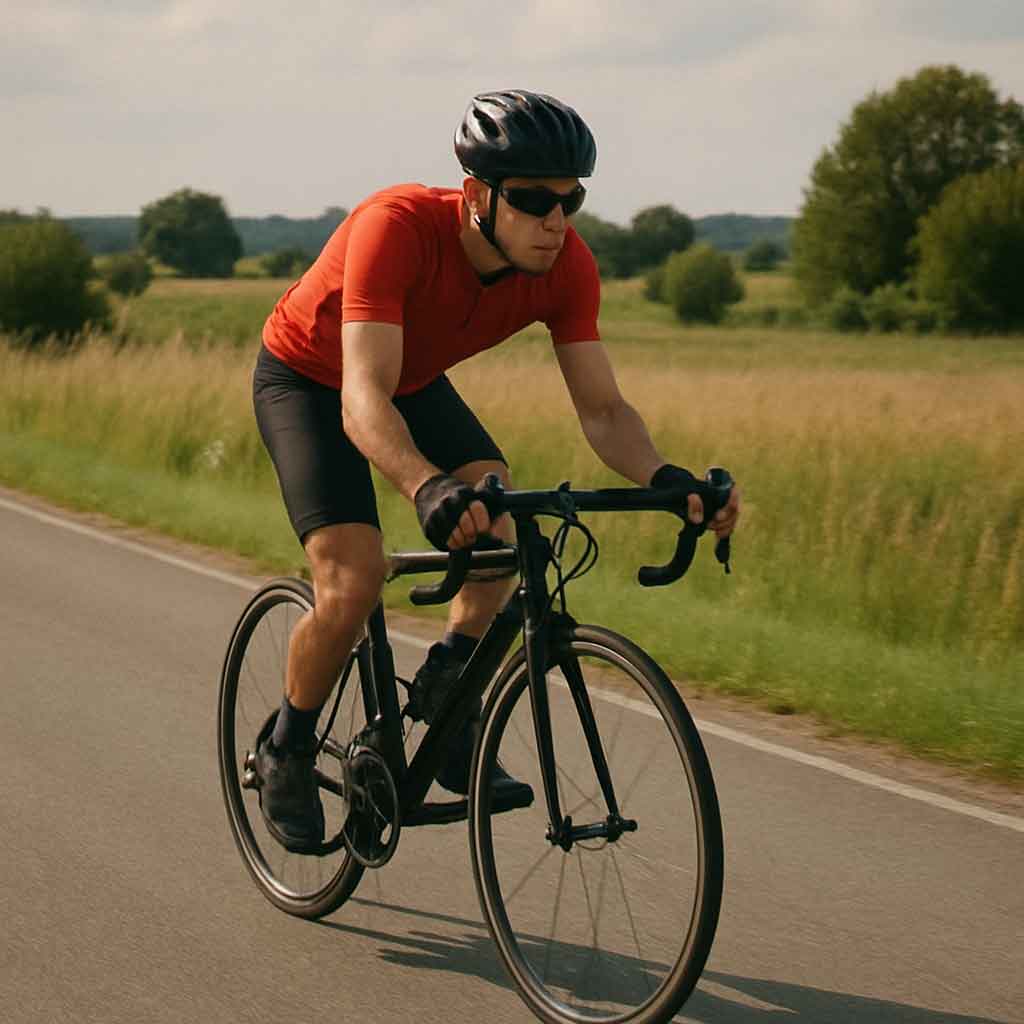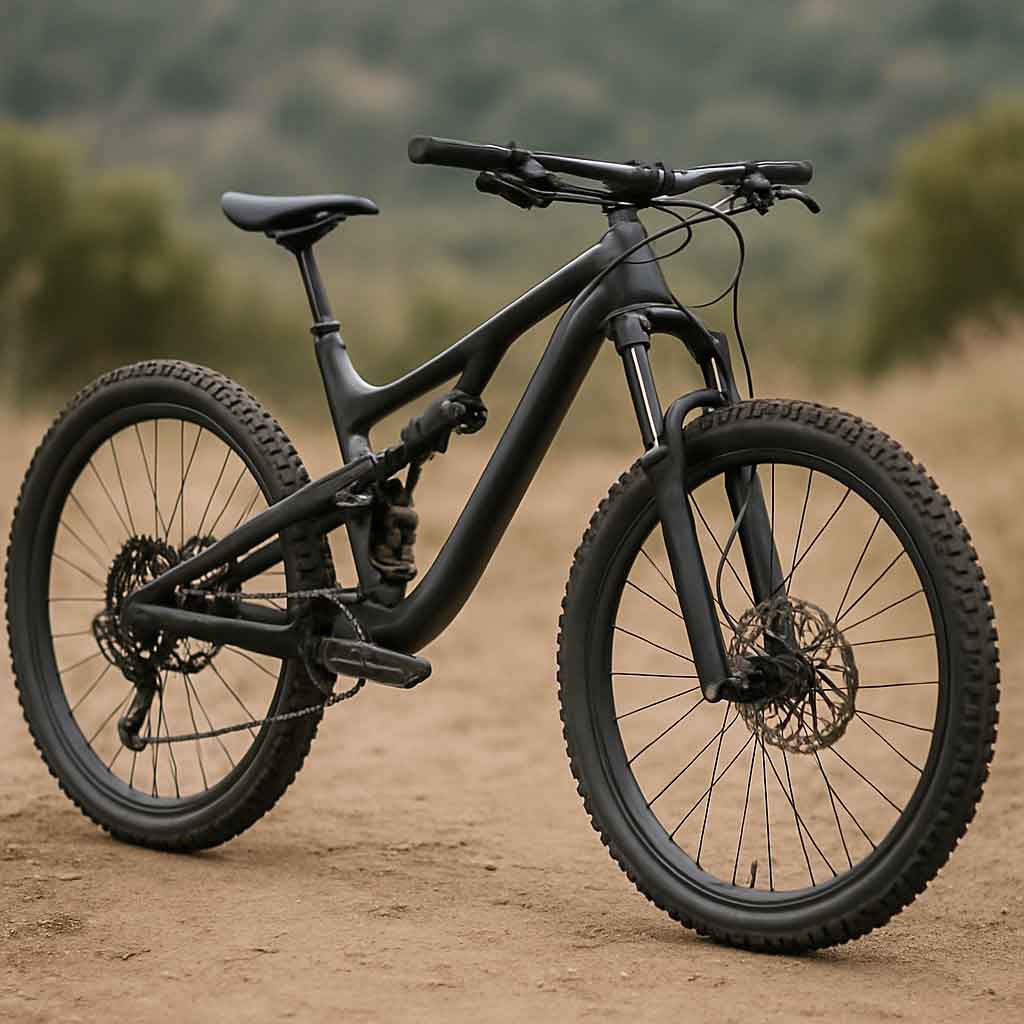Welcome to Mondince Bike - A well-known factory specialized in produce carbon bike frame and other parts since 2007.
How to Choose Your First Road Bike
Choosing your first road bike can be an exciting yet daunting task. With so many options available, it's crucial to find a bike that suits your needs, style, and budget. This guide will help you navigate through the selection process, providing insights on what to look for in a novice road bike.
Understanding your needs is the foundation of selecting the right road bike. This involves considering various aspects of your lifestyle and what you aim to achieve with your new bike. The type of riding you plan to do will significantly influence your choice.
If your primary goal is commuting or leisurely weekend rides, you'll want a bike that's comfortable for longer periods. Look for features such as relaxed frame geometry and comfortable saddle. These bikes often come with mounting points for fenders and racks, making them practical for carrying extra gear or groceries.
For those looking to improve fitness and health, a more performance-oriented bike might be suitable. These bikes usually have a more aggressive riding position, which can help improve speed and endurance. Ensure the bike provides a good balance between comfort and performance to prevent fatigue during longer rides.
If long-distance rides or touring is your target, durability and comfort are paramount. Consider bikes with a strong frame that can handle additional weight. Features like wider tires and additional gear options can also enhance comfort and adaptability on diverse terrains.
For aspiring racers, a lightweight bike with advanced gearing and components is essential. Aerodynamics and weight play a crucial role, so carbon frames and high-end groupsets might be worth the investment. Understand the specific requirements of the races you plan to enter before making a decision.
Setting a budget is a crucial step in the bike selection process. It helps narrow down your options and ensures you get the best value for your money.
Road bikes can range from a few hundred to several thousand dollars. Understanding what each price range offers is important. Entry-level bikes (under $1,000) are perfect for beginners, providing essential features without unnecessary frills. Mid-range bikes ($1,000-$3,000) offer better components and materials for those looking to upgrade. High-end bikes (over $3,000) are designed for enthusiasts and competitive cyclists, featuring top-tier components and lightweight materials.
While it's tempting to go for the cheapest option, investing in a quality bike can save money in the long run. Cheap bikes often require more frequent repairs and replacements. Consider the bike's frame material, components, and warranty as indicators of quality. A well-built bike will offer a smoother ride and last longer.
Explore various financing options if the upfront cost is a concern. Many bike shops offer installment plans or financing options, making it easier to purchase a quality bike without straining your budget. Additionally, consider buying used bikes from reputable sellers as a cost-effective alternative, ensuring the bike is in good condition before purchasing.
Choosing the correct bike size is essential for comfort and efficiency. A well-fitted bike can enhance your riding experience and prevent discomfort or injuries.
Frame size is typically measured in centimeters and is crucial for determining the right fit. The geometry of the frame affects your riding posture, so consider whether you prefer a more relaxed or aggressive riding position. Use online sizing charts as a reference, but remember that personal comfort is key.
A professional bike fitting can significantly improve your riding experience. Visit a local bike shop for a fitting session, where experts will adjust the bike to suit your body measurements and riding style. This can include adjusting the saddle height, handlebar position, and pedal alignment.
Even after selecting the right size, minor adjustments may be necessary to achieve optimal comfort. Experiment with different saddle heights and handlebar positions to find what works best for you. Remember, comfort can greatly influence your enjoyment and performance while cycling.
When selecting a road bike, understanding the key features can help you make an informed decision. These features determine the bike's performance, comfort, and overall experience.
The frame is the backbone of your bicycle. Common materials include aluminum, carbon fiber, and steel.
Aluminum is a popular choice for entry-level bikes due to its lightweight and affordability. It's durable and offers a good ride quality, making it suitable for beginners. Aluminum frames are often paired with carbon forks to enhance comfort by reducing road vibrations.
Carbon fiber frames are known for their lightweight and superior ride quality. They absorb road vibrations better than aluminum, providing a smoother ride. Although more expensive, an entry-level carbon road bike can be a worthwhile investment if your budget allows.
Steel frames offer durability and a comfortable ride, thanks to their natural vibration-absorbing properties. They are heavier than aluminum and carbon but are favored for long-distance touring due to their strength and resilience.
Gearing is another vital aspect to consider. Most beginner road bikes come with a wide range of gears to help you tackle different terrains.
Gear ratios determine how easy or hard it is to pedal the bike. Lower gears make climbing hills easier, while higher gears allow for faster speeds on flat terrain. Familiarize yourself with different gear setups to choose one that suits your riding environment and fitness level.
Shimano and SRAM are popular gearing systems known for their reliability. Shimano is often found on entry-level bikes, offering smooth shifting and a broad range of options. SRAM provides a more tactile feel and is often preferred by performance-oriented riders. Consider test-riding bikes with both systems to determine your preference.
Look for a bike with at least 16 gears to start, which will provide versatility for various riding conditions. More gears offer greater flexibility, allowing you to maintain a comfortable cadence regardless of the terrain.
Brakes are essential for safety. The two main types are rim brakes and disc brakes.
Rim brakes are lighter and often more affordable. They are effective in dry conditions but may lack stopping power in wet weather. Rim brakes are easy to maintain and repair, making them a good choice for budget-conscious riders.
Disc brakes offer superior stopping power and perform well in all weather conditions. They are increasingly common on entry-level road bikes due to their reliability and performance. While slightly heavier and more expensive than rim brakes, the added safety is often worth the investment.
Disc brakes come in two types: mechanical and hydraulic. Mechanical disc brakes use cables to activate the brake calipers, while hydraulic systems use fluid. Hydraulic brakes provide more precise braking and require less effort but can be more complex to maintain.
The wheels and tires play a significant role in the bike's performance.
Look for lightweight wheels that are durable. Aluminum rims are common in entry-level bikes, offering a good balance between cost and performance. Consider deeper rims if aerodynamics are a priority, as they can enhance speed on flat terrain.
For tires, most beginner road bikes come with 25-28mm tires, offering a good balance between speed and comfort. Wider tires provide better grip and comfort, while narrower tires are faster on smooth roads. Choose tires with puncture protection for added reliability and peace of mind.
Consider whether you prefer tubeless or traditional tube tires. Tubeless tires can run at lower pressures for improved comfort and reduced puncture risk, but require specific rims and sealant. Tube tires are easier to change and maintain, making them a popular choice for beginners.
With an understanding of what to look for, here are some recommendations for great beginner road bikes that offer excellent value for the money.
The Trek Domane AL 2 is a fantastic entry-level bike known for its comfort and versatility.
It features an aluminum frame, a Shimano drivetrain, and reliable brakes, making it a solid choice for new riders. The Domane AL 2 is designed for endurance rides, with relaxed geometry that enhances comfort on long journeys. Its stable handling and smooth ride make it ideal for beginners.
Riders praise the Domane AL 2 for its durability and ride quality. It's often recommended for those who want a reliable bike for various road conditions. The bike's versatility allows it to handle both short commutes and longer adventures with ease.
Priced competitively, the Domane AL 2 offers great value for money. It's an excellent investment for beginners who want a reliable and comfortable bike without breaking the bank.
Giant's Contend 3 is another excellent option, offering a well-rounded performance with its lightweight frame and smooth gear transitions.
The Contend 3 features an aluminum frame and a balanced ride quality, making it perfect for those new to cycling. Its geometry provides a comfortable riding position, ideal for both casual and fitness rides. The bike's components are carefully selected to offer reliability and performance.
Riders appreciate the Contend 3 for its smooth gear transitions and responsive handling. It offers a stable ride, even on uneven roads, and is suitable for a variety of terrains. The bike's design encourages confidence, making it a favorite among beginners.
The Contend 3 is priced to appeal to entry-level cyclists, providing a good mix of quality and affordability. It's a great choice for those who want to invest in a bike that will grow with their cycling skills.
The Specialized Allez is a popular starter road bike, praised for its responsive handling and comfortable ride.
Equipped with quality components, the Allez ensures a reliable performance for novice cyclists. Its aluminum frame is lightweight yet sturdy, offering a balance of speed and comfort. The bike's design caters to riders seeking to improve their skills and explore new routes.
Riders often commend the Allez for its agility and ease of use. It's known for offering a fun and engaging ride, making it a top choice for beginners. The bike's reputation for quality and performance ensures a satisfying cycling experience.
The Specialized Allez is competitively priced, appealing to those new to road biking. It offers excellent value, with features that rival more expensive models, making it a wise investment for beginners.
For women looking for a beginner women's road bike, the Liv Avail 1 is tailored with geometry that provides comfort and confidence.
The Liv Avail 1 features a lightweight frame and reliable components, ensuring a smooth and enjoyable ride. Its design considers female riders' anatomy, offering a comfortable fit that enhances the cycling experience. The bike's components are selected to provide a reliable and efficient ride.
Riders appreciate the Liv Avail 1 for its smooth ride and comfortable geometry. It's designed to inspire confidence, making it an excellent choice for women new to road biking. The bike's responsive handling and reliable performance make it suitable for various riding conditions.
The Liv Avail 1 is priced to be accessible to beginners, providing a high-quality bike without a hefty price tag. It's an excellent choice for women looking to start their cycling journey with a bike that offers value and performance.
Once you've chosen your bike, consider investing in a few accessories to enhance your cycling experience.
Safety should always be a priority. A well-fitted helmet is essential for protecting yourself on the road.
When selecting a helmet, ensure it meets safety standards and fits snugly. Look for features like adjustable straps and ventilation to enhance comfort. Helmets come in various styles, so choose one that suits your riding style and preferences.
Wearing a helmet significantly reduces the risk of head injuries in case of an accident. It's a crucial safety measure that every cyclist should adopt. Always replace your helmet after a significant impact, even if there are no visible signs of damage.
Regularly inspect your helmet for signs of wear and tear. Clean it with mild soap and water to remove sweat and dirt. Store it in a cool, dry place to prevent damage from heat and sunlight.
If you plan to ride at dawn, dusk, or night, bike lights are crucial for visibility.
Invest in both front and rear lights to ensure you are seen by others. Front lights illuminate the path ahead, while rear lights alert drivers and other cyclists to your presence. Consider additional lights for enhanced visibility in low-light conditions.
Choose lights with sufficient brightness to see and be seen. Look for lights with adjustable settings to conserve battery life during daylight rides. Rechargeable lights are a convenient option, reducing the need for frequent battery replacements.
Mount your lights securely on the bike, ensuring they are visible from all angles. Test the lights before each ride to confirm they are functioning correctly. Always carry spare batteries or a charger for longer rides to avoid being caught without lights.
While not mandatory, cycling-specific clothing can increase comfort and performance.
Padded shorts, moisture-wicking jerseys, and gloves can make a significant difference, especially on longer rides. These garments are designed to reduce friction and wick away sweat, keeping you comfortable and focused on the ride.
Choose apparel that fits well and suits the weather conditions. Layering is key for adapting to temperature changes during the ride. Bright colors or reflective materials can enhance visibility and safety on the road.
Proper care of your cycling apparel extends its lifespan. Follow the manufacturer's washing instructions to preserve the fabric's properties. Store clothing in a cool, dry place, and avoid exposing it to direct sunlight for extended periods.
Staying hydrated is key. Consider a water bottle and cage or a hydration backpack to keep fluids within easy reach.
Hydration is crucial for maintaining energy levels and preventing fatigue. Dehydration can impair performance and lead to health issues, especially during intense or prolonged rides. Plan your hydration strategy before each ride to ensure you have enough fluids.
Water bottles and cages are the most common hydration systems for road bikes. They are easy to access and refill during rides. Hydration backpacks offer larger capacity and are ideal for longer journeys or rides in hot weather.
Drink small amounts regularly throughout the ride to maintain hydration. Adjust your intake based on the ride's intensity, duration, and weather conditions. Consider adding electrolytes to your water for rides longer than an hour to replenish lost minerals.
To keep your bike in top condition, regular maintenance is vital. Learn how to perform basic tasks such as cleaning your chain, checking tire pressure, and adjusting brakes.
Regular cleaning and inspection can prevent costly repairs and prolong the life of your bike. Clean your bike after rides, especially in wet or muddy conditions, to remove dirt and debris. Lubricate the chain regularly to ensure smooth gear transitions.
Regular tune-ups at a local bike shop can address more complex issues and keep your bike running smoothly.
Tune-ups involve a thorough inspection and adjustment of all bike components. They ensure your bike is in optimal condition and can prevent minor issues from becoming major problems. Schedule tune-ups at least once a year, or more frequently if you ride often.
A typical tune-up includes checking and adjusting brakes, gears, and wheel alignment. The mechanic will also inspect the frame, tires, and drivetrain for wear and damage. Discuss any specific concerns with the technician to address potential issues.
While basic maintenance tasks can be done at home, professional tune-ups provide a comprehensive check-up. Investing in a professional tune-up can save time and ensure your bike is thoroughly inspected and adjusted by an expert.
Proper storage and care can extend your bike's lifespan and maintain its performance. Store your bike in a dry, secure location to protect it from weather and theft. Regularly check for signs of wear and address issues promptly to prevent long-term damage.
Choosing the best road bike for beginners involves balancing features, budget, and personal preferences. By understanding your needs and considering the key features outlined, you can make an informed decision and find a great starter road bike that will serve you well as you embark on your cycling journey.
Remember, the best bike for novice cyclists is one that fits well, feels comfortable, and inspires confidence. Take your time to test-ride different models and consult with experts to ensure your choice meets your needs.
Joining a cycling group or community can enhance your experience and provide valuable support. You'll gain access to expert advice, group rides, and social events, enriching your journey as a cyclist.
Ultimately, the goal is to enjoy the ride and explore new horizons. Cycling is a rewarding activity that offers numerous physical and mental benefits. Whether you're commuting, training, or exploring, embrace the adventure and happy riding!



